Acorus calamus is a plant, and its roots (rhizomes) are used to prepare medicine. Some people use calamus to treat skin diseases by putting it right on the skin. It is also used as a spice in food. Some people chew calamus to get rid of the smell of cigarettes, as a stimulant, to feel better, and as a hallucinogen.
Calamus is used to treat gastrointestinal (GI) problems like ulcers, inflammation of the stomach lining (gastritis), intestinal gas (flatulence), upset stomach, and loss of appetite (anorexia). Calamus is also used to treat rheumatoid arthritis and stroke, and as a sedative to help people relax.
Table of Contents
About Acorus Calamus:
Calamus, whose scientific name is Acorus Calamus, is a monocot plant that grows in wet places. It is in the genus Acorus. The flowering plants, which are usually very tall, are also called Sweet Flag and Vacha by many people.
This perennial herbaceous vine can get as tall as 79 inches, and its leaves are shaped like the leaves of the iris family. The Sweet Flag gets its tufts of leaves at the base from a rhizome that grows.
The leaves are a yellowish brown colour with parallel veins and a pink sheath at the base. They are flat, narrow, and long.
There are tiny spots on these tiny leaves. The edges of the leaves of the delicate Sweet Flag are wavy, and when these leaves are crushed, a fresh scent comes out.
The unique thing about this Vacha is that it can grow in a lot of different places, like areas with a lot of water and subtropical areas. So, only plants that grow near water can make flowers. This plant's triangular flower stems grow from the spaces between its solid outer leaves.
Acorus plant description:
Acorus calamus is a creeping perennial herb with rhizomes that grows in wet, marshy areas. It is in the family Acoraceae. It has dark brown, spongy rhizomes, and narrow, linear leaves that can grow up to 80 cm long. The flowering part is a spadix with tiny flowers on pale green spikes. Like Anthuriums, they are tight around a fleshy axis and have a spathe around it.
The green, pointy berries hold the long, oval seeds. The plant is fragrant, with leaves that smell sweet and rhizomes that taste spicy (underground stem). It is often used in place of cinnamon, nutmeg, ginger, and other spices. The leaves and roots are used to make medicine.
Calamus oil, which is made from the rhizome, seems to be valued for its antispasmodic and stomach-settling effects. It is also a brain tonic that makes the brain work better, improves memory, and heals nerve diseases like epilepsy. Asarone oil, which is one of its parts, is a good sleep aid.
Medicinal properties of Acorus Calamus:
- Vacha can make you hot, make you throw up, make you smell good, and kill worms.
- Also, it works well as a diuretic, a carminative, and a laxative.
- This Sweet Flag is anti-inflammatory, antiseptic, anti-convulsant, antipyretic, and antispasmodic.
- It can help with both aphrodisiac and coughing.
- Calamus gives off an aroma that stimulates the brain and nervous system and makes them feel better. It also helps with problems with the gut.
- Also, it has chemicals in it like expectorants and emmenagogues.
- Acorus Calamus has the same pain-relieving properties as the drug Anodyne. It does this by making the nervous system and brain less sensitive to pain.
- The Vasambu herb contains a chemical called a sudorific, which makes you sweat.
- Calamus has a pesticide called "Insecticidal" that kills harmful viruses and bacteria in the human body.
- This herbal plant also has properties that make it calming, such as Tranquillising, Sedative, Nervine tonic, Tonic, and Lekhanya.
Health benefits of Calamus:
- To clear the nose
- To treat the side effects of drugs that make you high
- As a sleep aid and tranquillisers to calm nerves and reduce stress
- As a bronchodilator to help asthmatics clear their chests.
- As a blood vessel expands to get more blood to the brain.
- as a moisturiser for the skin and a hair tonic. It stops hair from falling out.
- To improve memory
- To improve voice clarity
- To get hungry and make digestion better
Traditional Khasi healers in Meghalaya use the leaves to help people who are paralysed. They make a paste out of the leaves, boil it in water, and use that as a fomentation. When rhizomes and leaves are boiled in water, they make a juice that can be used to treat rheumatism, epilepsy, and swelling of the body. The juice can be taken by mouth or put on the skin. This is also used for snake bites and coughs.
The sun-dried and powdered rhizome is a good way to get rid of gas and lower a fever. It can also help get rid of gas and fevers. When you boil the powder with water, you get a mixture that:
- Helps with cramps in the stomach, sore throats, and headaches.
- Cures malaria
- Aids menstruation
- Mind-calming
- Remove mucus from the bronchi, which clears the airways and helps or cures asthma.
- Treatment for diarrhoea and dysentery
- Fights skin infections like scabies that are caused by fungi.
The leaf paste is a powerful antiseptic that can help heal cuts and other wounds. In many places in Northeast India, especially Manipur, parents put pieces of dried root around their children's necks. They say that is to get rid of their whooping coughs.

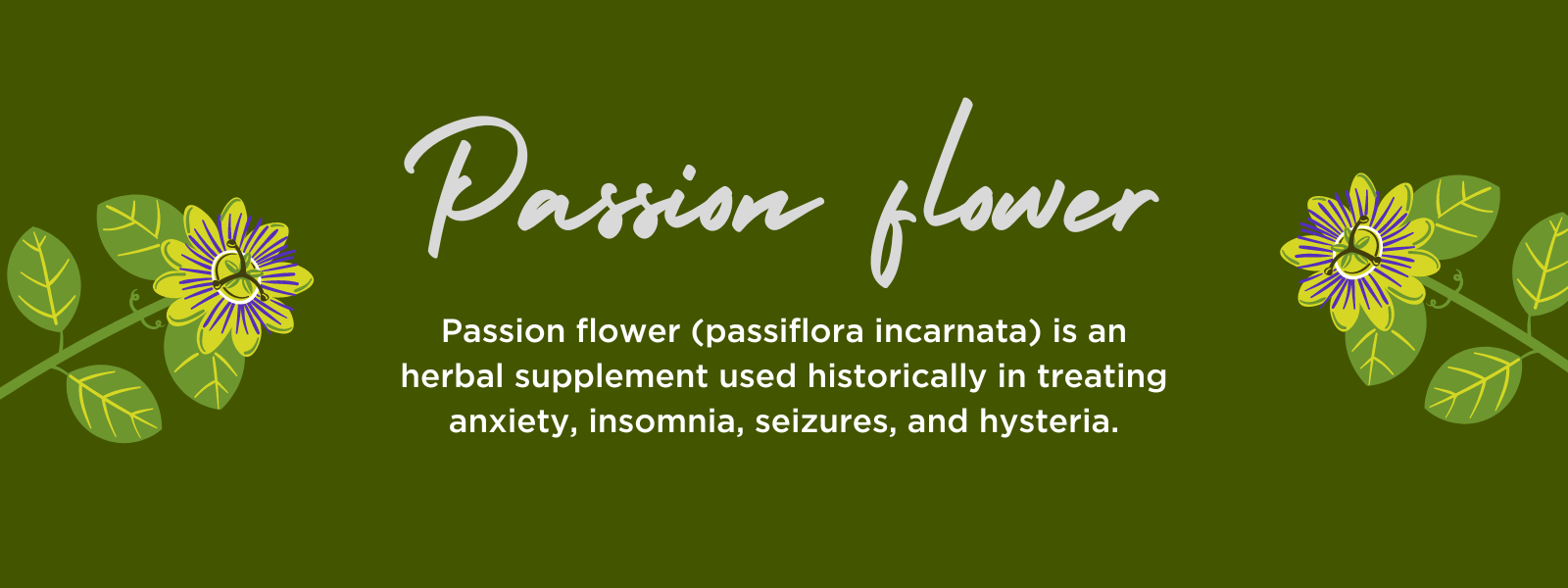

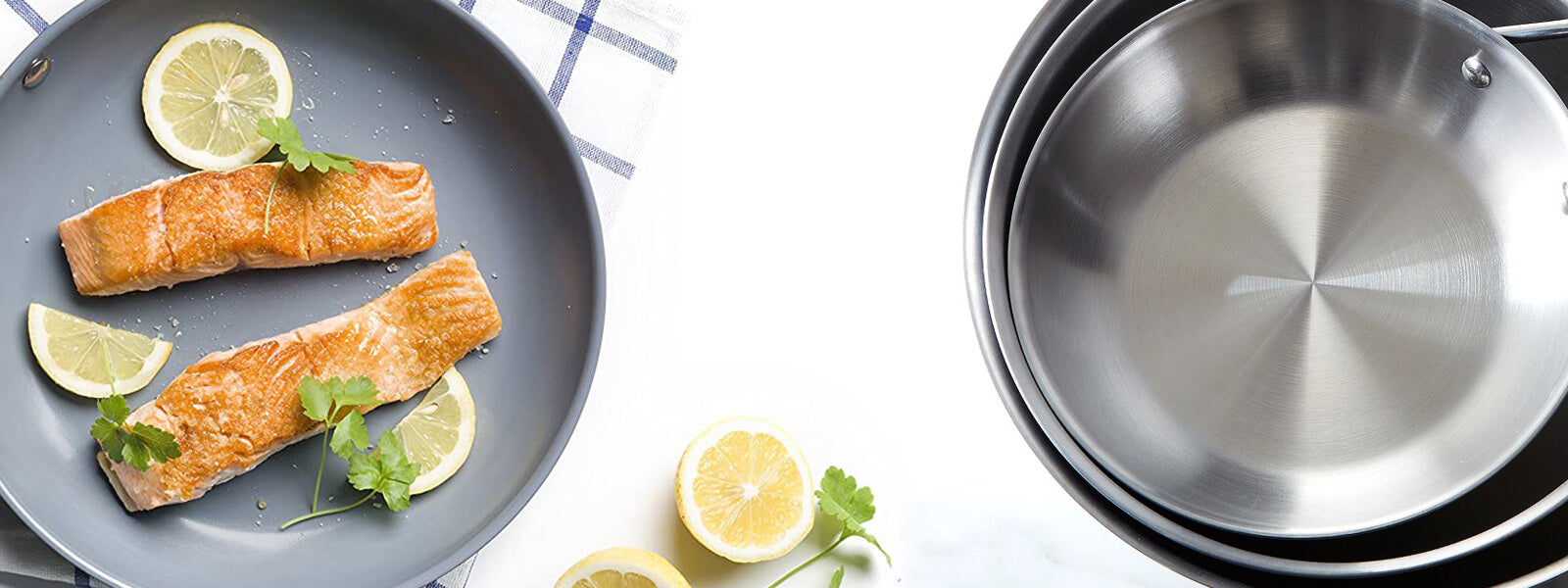
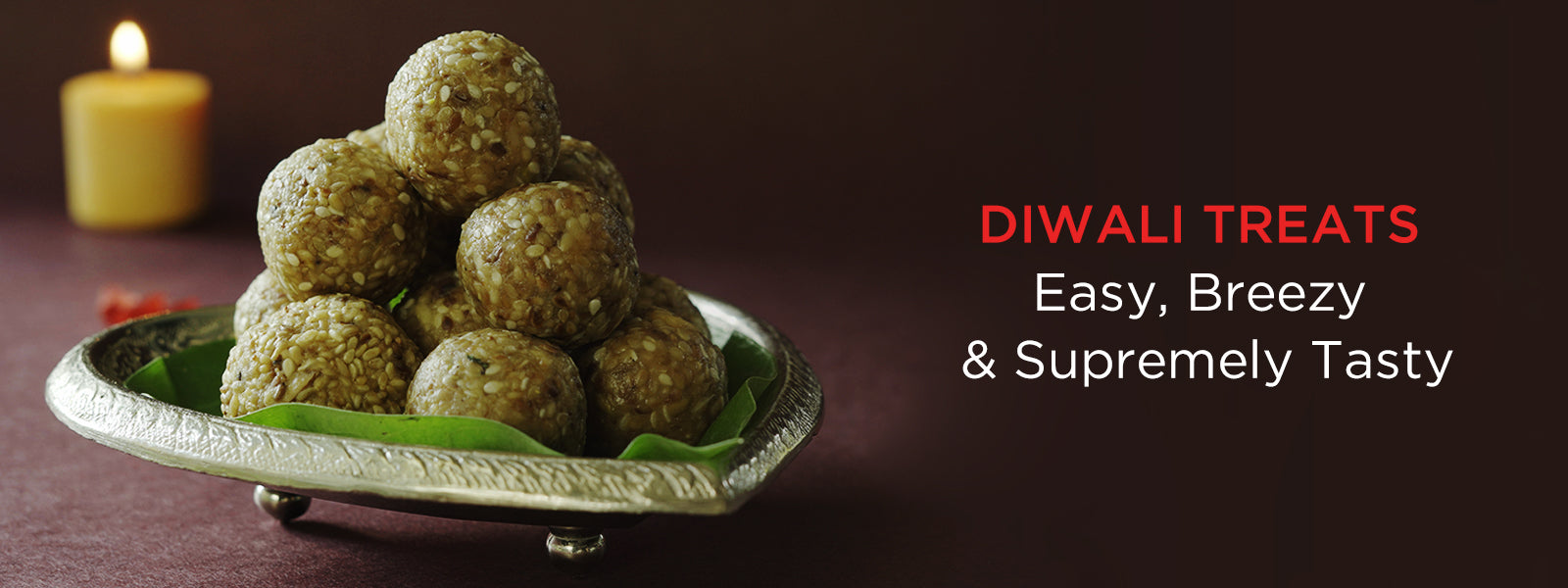
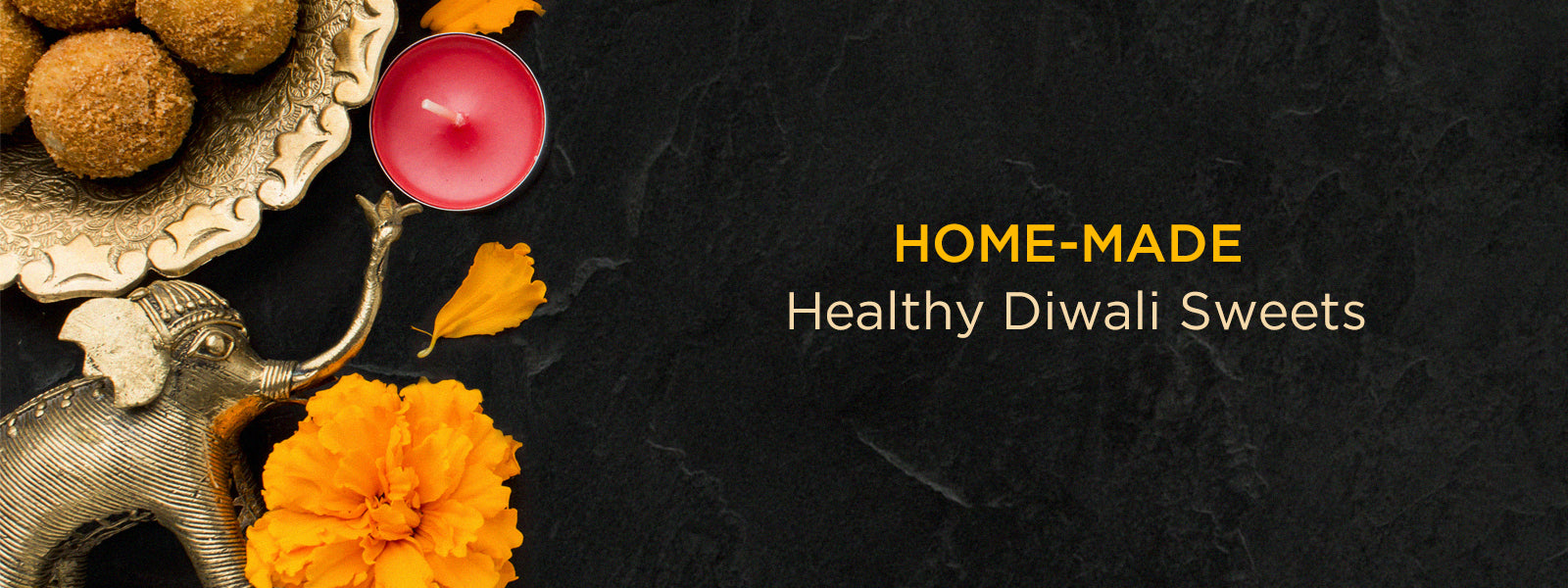
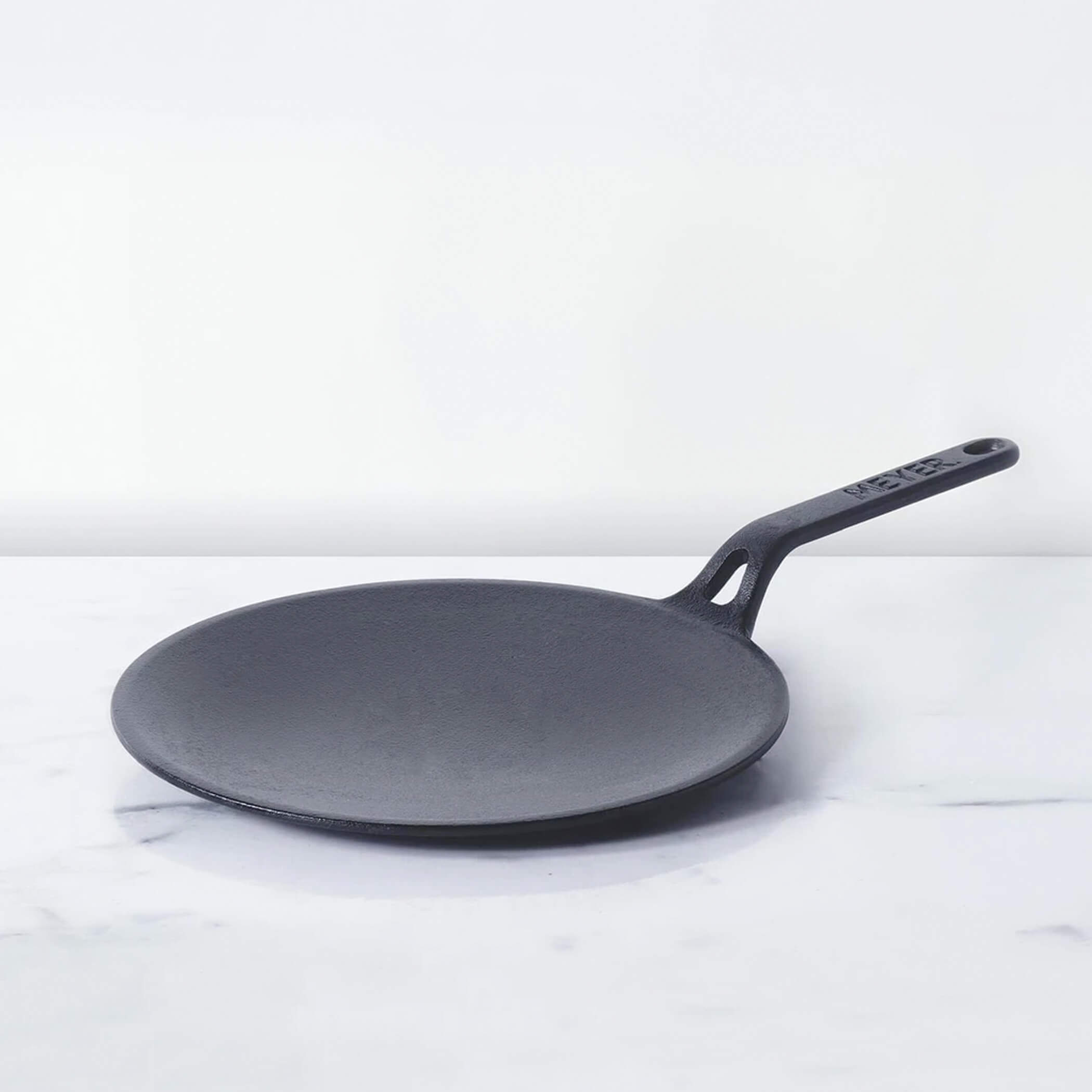
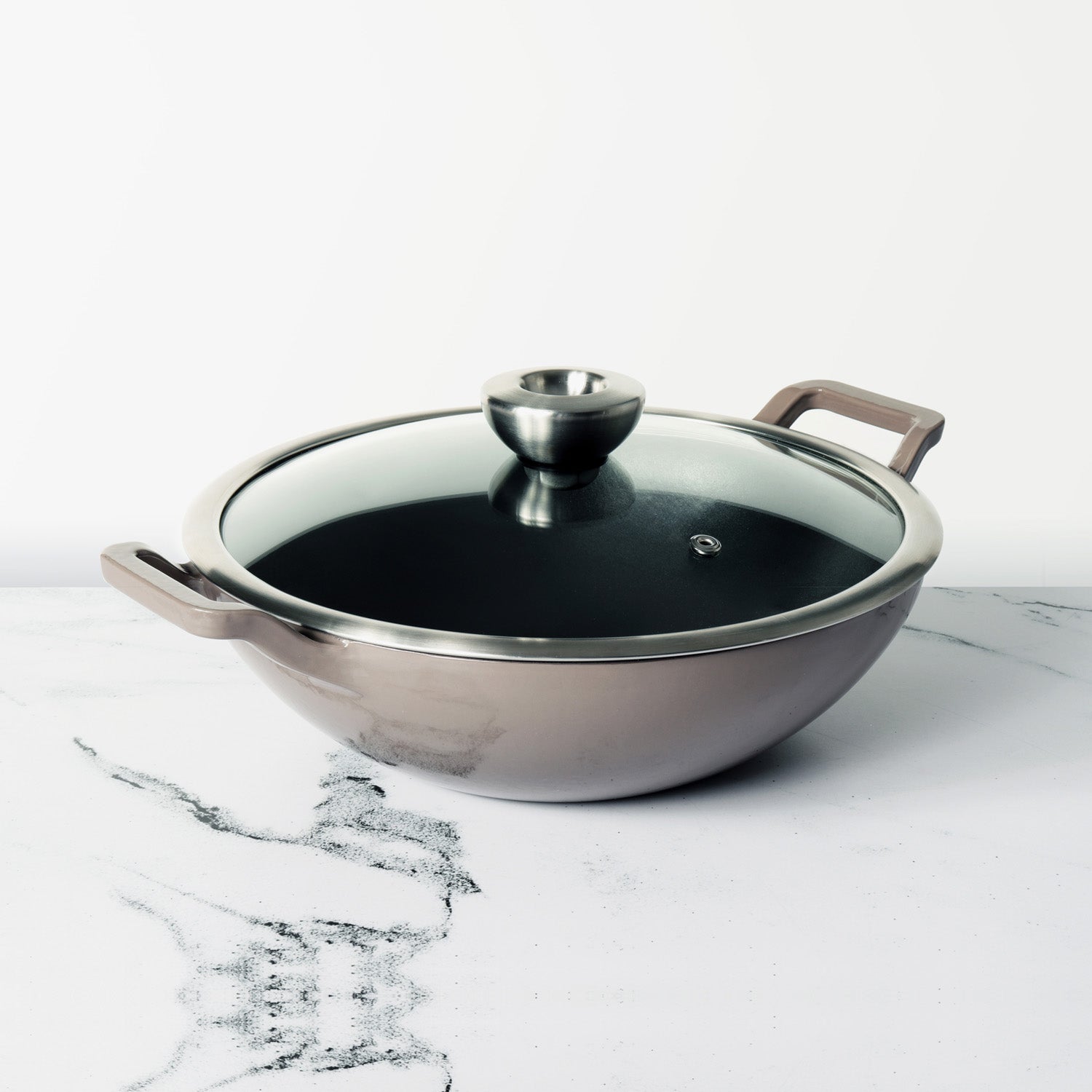




Leave a comment